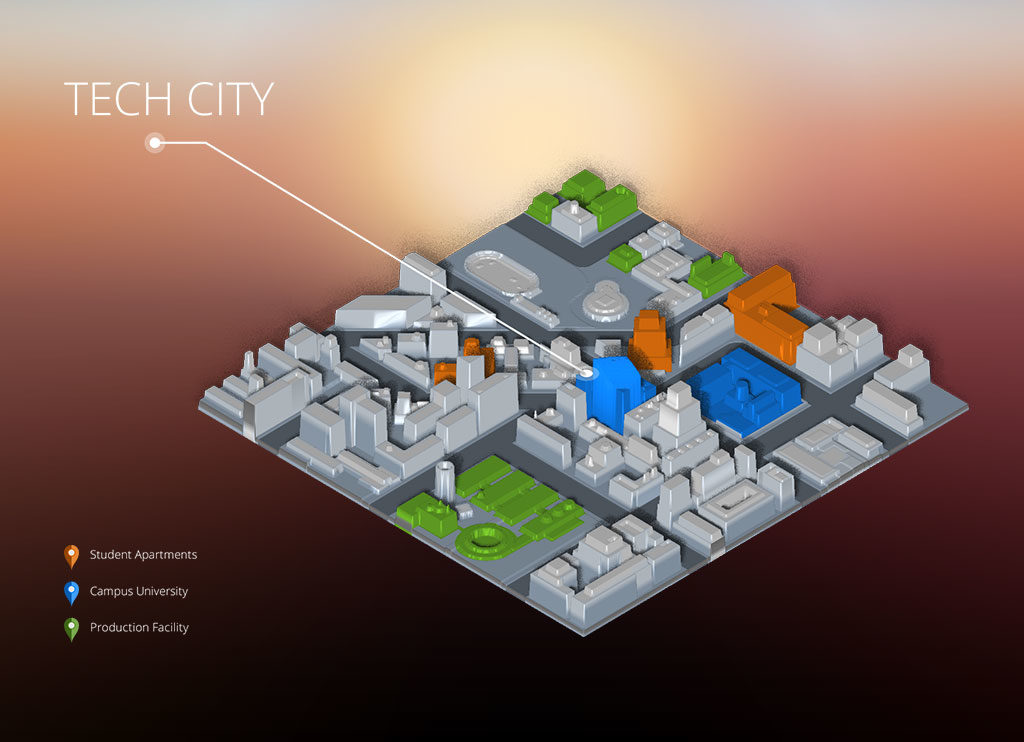How Can I Build A Library For Mac
Launch iTunes, and choose File Library Import Playlist. Navigate to the iTunes Library.xml file you moved earlier, and click Choose (Mac) or Open (Windows). ITunes will now examine the XML file, finding all your tracks and playlists, and add them to your library. This will create a new iTunes Library.itl file. May 23, 2018 Despite “iTunes Music Library.xml” files no longer being created in iTunes on Mac OS or Windows by default, you can actually still generate an iTunes Library XML file if it is needed by another app or for some other purpose. Read on to learn how to create an iTunes Music Library.xml file in the latest versions of iTunes for MacOS or Windows.
Note
This document has not been maintained and is retained for reference only.For building on macOS, please see Development environment quickstart guide (macOS).

These instructions describe how to build NumPy and SciPy libraries fromsource.
If you just want to use NumPy or SciPy, install pre-built binaries as describedin Installing and upgrading.
Python¶
Apple ships its own version of Python with OS X. However, westrongly recommend installing the official Python distribution.
Alternatively, use Python from one of the OS X package managers(Homebrew, MacPorts, Fink).
Compilers (C/C++/FORTRAN/Cython)¶
Though virtually any commercial C/C++ compiler may be used with SciPy, OS Xcomes with GNU C compilers pre-installed. The only thing missing is the GNUFORTRAN compiler.
We recommend gfortran; this is a free, open source, F95 compiler. We suggest youuse the following binaries:
gfortran installed via Homebrew, or,
http://r.research.att.com/tools/gcc-42-5666.3-darwin11.pkg (for Xcode4.2 or higher)
See this site for the most recent links.
Unless you are building from released source packages, the Cython compiler is also needed.
BLAS/LAPACK Installation¶
You will also need to install a library providing the BLAS and LAPACKinterfaces. ATLAS, OpenBLAS, and MKL all work. OpenBLAS can be installedvia Homebrew.
As of SciPy version 1.2.0, we do not support compiling against the systemAccelerate library for BLAS and LAPACK. It does not support a sufficientlyrecent LAPACK interface.
Version-specific notes¶
This section notes only things specific to one version of OS X or Python.The build instructions in Obtaining and Building NumPy and SciPy apply to all versions.
Obtaining and Building NumPy and SciPy¶
You may install NumPy and SciPy either by checking out the sourcefiles or downloading a source archive file fromGitHub. If you choose the latter,simply expand the archive (generally a gzipped tar file), otherwisecheck out the following branches from the repository:
Both NumPy and SciPy are built as follows:
The above applies to the official Python distribution, which is 32-bitonly for 2.6 while 32/64-bit bundles are available for 2.7 and3.x. For alternative 64-bit Pythons (either from Apple or home-built)on Snow Leopard, you may need to extend your build flags to specifythe architecture by setting LDFLAGS and FFLAGS.
Note that with distutils (setup.py) given build flags like LDFLAGSdo not extend but override the defaults, so you have to specifyall necessary flags. Only try this if you know what you’re doing!
After a successful build, you may try running the built-in unit testsfor SciPy:
Be sure not to import numpy or scipy while you’re in the numpy/scipysource tree. Change directory first.
If you have any problems installing SciPy on your Macbased on these instructions, please check the scipy-users andscipy-dev mailing list archivesfor possible solutions. Au vst mac cracks. If youare still stuck, feel free to join scipy-users for furtherassistance. Please have the following information ready:
Your OS version
The versions of gcc and gfortran and where you obtained gfortran
$gcc--version$gfortran--version
The versions of numpy and scipy that you are trying to install
The full output of
$pythonsetup.pybuild
